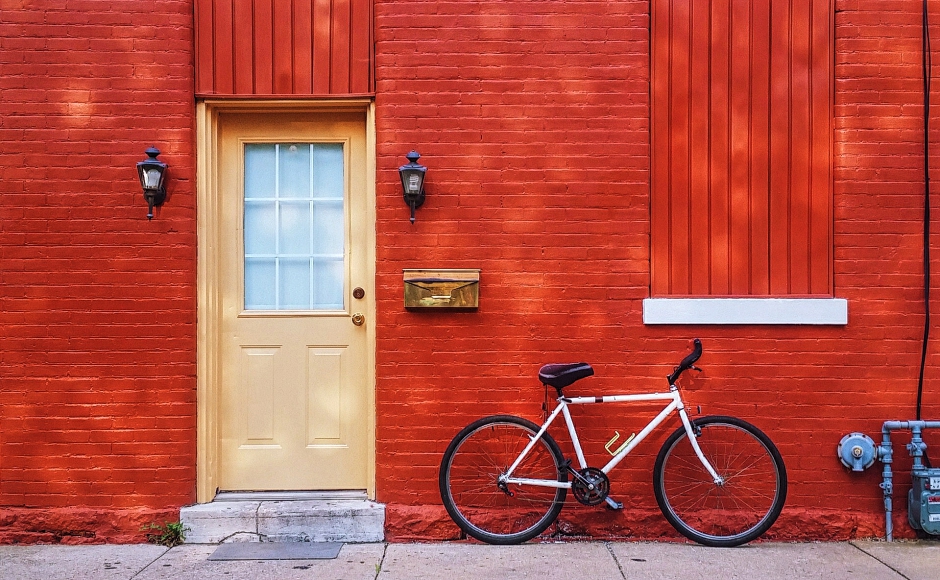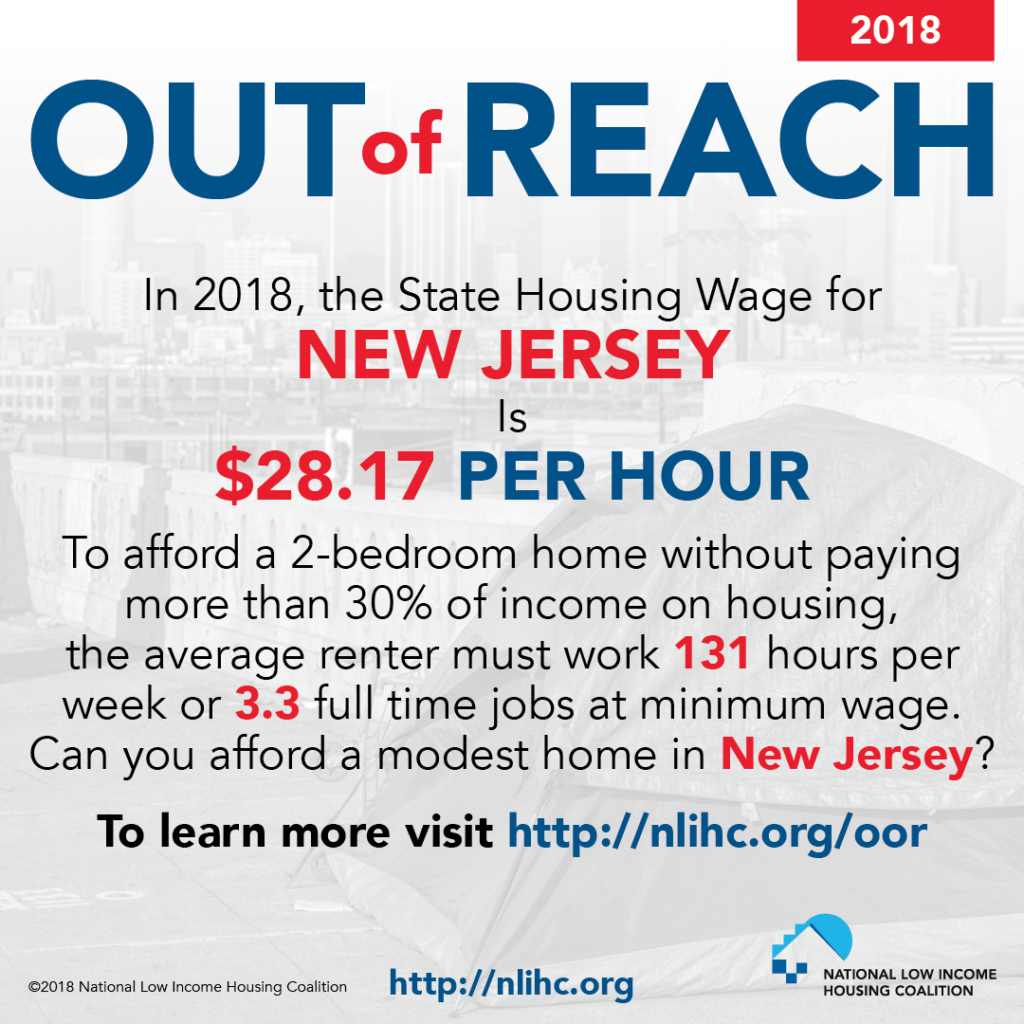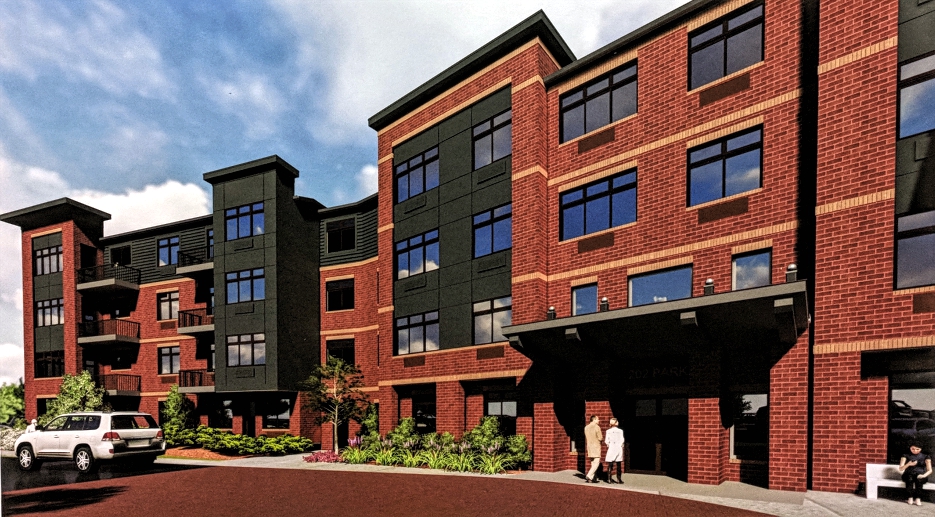Amid wage stagnation and a red-hot rental market, affordable housing remains out of reach even for many working-class Camden County households.
By Matt Skoufalos | June 19, 2018
If you’ve gotten the feeling that it’s tougher and tougher to afford even a one-bedroom apartment in New Jersey, you’re not alone.
According to Out of Reach: 2018, the annual report on the gap between wages and rents, the National Low Income Housing Coalition (NLIHC) ranks New Jersey the seventh-most expensive state in the nation for housing.
(That’s aside from its most significant finding: you can’t affordably rent a two-bedroom apartment anywhere in the United States on minimum wage.)
There’s not any one thing that makes housing so expensive in New Jersey, said Nina Rainiero of the Housing and Community Development Network of New Jersey, but wages that haven’t kept pace with the cost of living is a big one.
“That’s not just rents and mortgages, it’s also rising utility rates, groceries, gas,” Raineiro said. “People are facing all these expenses, and then you have rents that are going through the roof, so it’s making it harder.”
Raineiro believes the principal contributing factor is a lack of affordable living space. Housing costs shouldn’t account for more than 30 percent of monthly income, but Out of Reach 2018 shows those metrics are way off for New Jersey renters.
According to the report, the annual median household income in New Jersey is $71,637. That number drops to $44,943 for renters ($18.21 per hour), putting it almost $3,000 off the $47,945 needed to afford a one-bedroom apartment at the statewide median ($1,199 per month).
It’s also $14,000 short of the annual salary needed to afford a two-bedroom unit ($58,603, or $28.17 per hour). A minimum-wage renter would have to work 131 hours a week to afford a two-bedroom unit, or 62 hours a week at the state median wage.
In Camden County, annual median household income is $48,097, or $33,181 for renters ($12.56 per hour). To get to $41,880, the median salary that covers a one-bedroom unit in Camden County ($1,047 per month), the median county renter must to make up some $8,000 a year.
To afford a two-bedroom unit ($50,640 annually, or $24.35 per hour), a minimum-wage renter would have to work 113 hours a week, or 78 hours a week at the county median wage.
“Whoever’s in that household, whoever’s earning, that would be three full-time jobs,” Raneiro said. “To afford a modest two-bedroom [rental], people basically have to work themselves to death. If you had someone else in that household, that would be 56 hours between two people.”
Those mounting costs deeply affect single parents, seniors, and young workers unable to earn enough to live independently, she said.

Nina Raineiro, Communications Coordinator for the Housing and Community Development Network of NJ. Credit: HCDNNJ.
“This is why New Jersey is number one for millennials still living at home,” Raineiro said.
“It’s why you have seniors living with their adult children.”
To help drive greater housing accessibility, Raineiro’s group is lobbying for federal dollars to build new housing and vouchers for low-income renters.
In Trenton, the agency wants the legislature to fund the state Affordable Housing Trust Fund (AHTF).
Paid for by realty transfer fees, the fund was established as gap financing for public housing.
It is authorized to fund rehabs, conversions, acquisitions, new construction, and local studies, up to $6 million per project.
But affordable housing developers haven’t had a crack at those dollars in years, Raineiro said. The AHTF has been a stash box for plugging holes in the state general fund since the John Corzine era.
“New Jersey is an expensive place to live. We need money to create more homes.”
Nina Rainiero, Housing and Community Development Network of New Jersey
According to NJ Spotlight, Gov. Phil Murphy’s proposed budget would divert some $59 million from the fund to pay for SRAP, the State Rental Assistance Program, instead of building permanent, affordable housing.
“From the budget testimony, it looks like it’s going to funding housing support services, not for housing production, Raineiro said. “New Jersey is an expensive place to live. We need money to create more homes.”
How many more units are needed? Since 1999, New Jersey has grown a shortage of more than 200,000 affordable housing units according to analysis from the nonprofit Fair Share Housing Center.
Fair Share spokesperson Anthony Campisi said any progress addressing that backlog has come because of communities participating in settlement agreements to resolve them.
“We have about 215 towns across New Jersey that have housing settlement agreements in place that provide for the construction of tens of thousands of new homes,” Campisi said.
Among them locally are Cherry Hill, Collingswood, Haddon Heights, and Merchantville. Some, like Pennsauken, have no obligation, and thus, no agreement.
Others haven’t locked in settlements.
These could be subject to builder’s remedy lawsuits, whereby a developer could sue a town with an unmet affordable housing quota (and no plan for resolving it) for the right to build there.
“Given the number of settlements that we have, the consensus here is that towns can and should meet their obligations,” Campisi said.
“The sky isn’t falling,” he said. “You’re getting a lot of positive development that’s fostering redevelopment, bringing blighted properties onto the tax rolls.
“It’s important to be proactive at this time in New Jersey history, as the housing market is heating up, as we’re moving past the housing downturn of the recession,” Campisi said. “[The] Mount Laurel [ruling] gets towns to the table.”
Inclusionary developments aren’t just for low-income families, either. In high-rent, high-tax New Jersey, affordable housing is needed by working families of different income levels.
“Not many people realize, but what we classify as affordable housing is people who make a decent wage,” Campisi said. “While we’re definitely prioritizing very low-income [persons], we’re also looking at the needs of people who make 60 to 80 percent of the area median income (AMI).
“The New Jersey market is so broken that even those people are priced out.”
“It’s important to be proactive as the housing market is heating up. The Mount Laurel ruling gets towns to the table.”
Anthony Campisi, Fair Share Housing Center
Those price pressures aren’t relenting either, according to Pat Ciervo of Main Street Realty in Collingswood. Ciervo tracks a significant local housing demand in Camden County to a confluence of market forces, including new residents and empty-nesters.
“Our local area is getting an influx of people coming in from Philadelphia,” Ciervo said.
“There’s more demand,” he said.
“And then people getting older, selling their houses, they’re going into apartments,” Ciervo said.
“There’s a lot of competing markets and that’s what’s driving the rents up.”
Any affordable rentals in South Jersey are snapped up quickly, and renters have their pick of tenants, Ciervo said. He agrees there’s a wage crisis, but even after doubling the minimum wage to $15 per hour, renters would still be about $5 per hour short of a one-bedroom unit, or $10 per hour short of a two-bedroom unit, in Camden County.
“I do think it’s expensive here in New Jersey, and the taxes don’t make it any easier,” he said. “But real estate is a supply-and-demand commodity, and that’s what the market’s willing to bear.”







